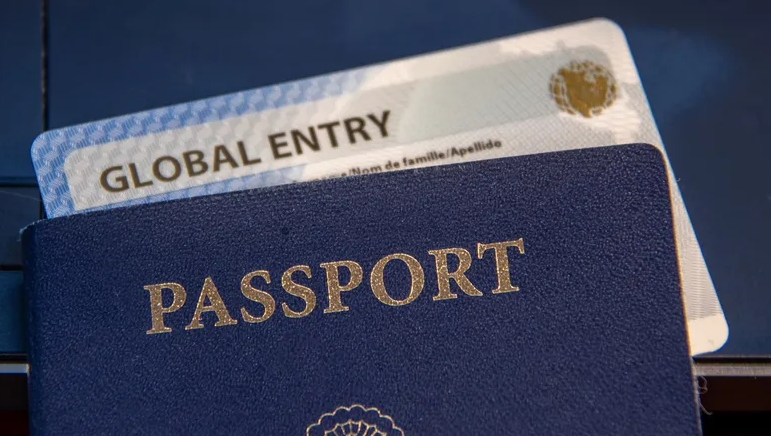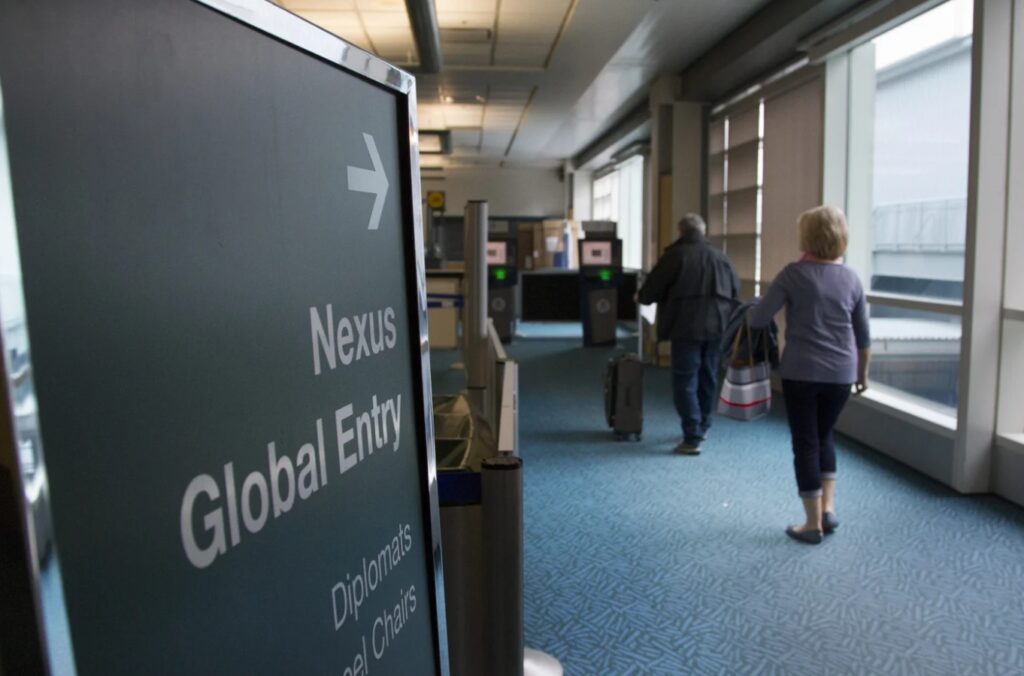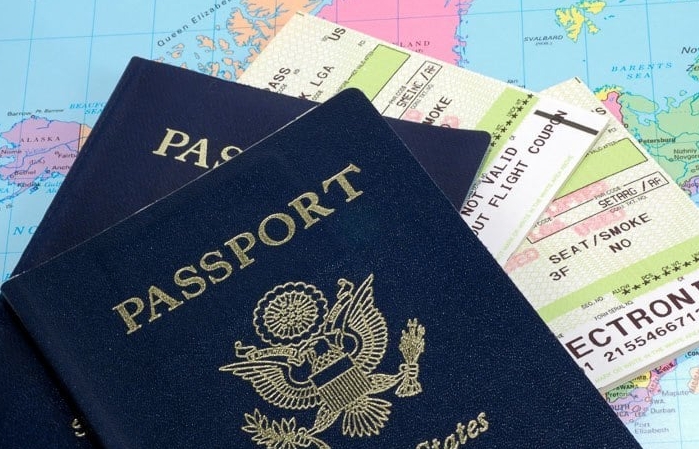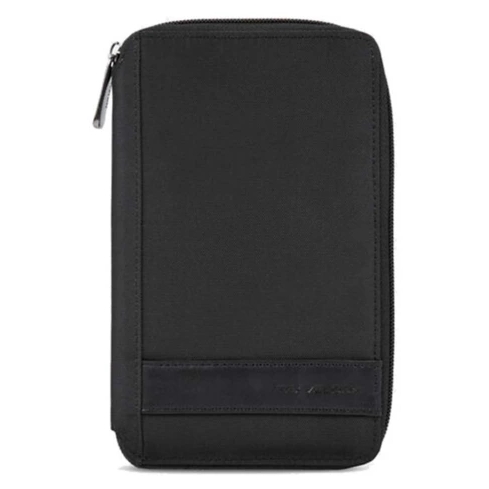If you’re looking for ways to save time at the airport or the border, joining a trusted traveler program is one of the smartest moves you can make. Both Nexus and Global Entry are popular programs that help speed up your passage through customs and security. But which one is better?
The short answer: It depends on where you travel most.
This guide breaks down what each program offers, who they’re best for, how they work, and which one you might want to choose based on your travel habits.
What Are Nexus and Global Entry?
Both Nexus and Global Entry are government-run trusted traveler programs designed to pre-screen passengers and give low-risk travelers access to faster lines and kiosks.

Here’s a quick overview:
Global Entry: Best for travelers who visit multiple countries. It lets you skip the regular customs line when reentering the United States from anywhere in the world.
Nexus: Best for frequent U.S.-Canada travelers. It offers expedited entry when traveling between the United States and Canada, in both directions.
Both programs cost the same, $120 for a five-year membership, and include TSA PreCheck for faster airport security screening at U.S. airports. Both also require an application, background check, and in-person interview.
What Does Global Entry Include?
Global Entry is run by U.S. Customs and Border Protection. Once you’re approved, you’ll use designated kiosks at U.S. airports to reenter the country quickly and avoid long customs lines.

At more than 75 U.S. airports, you’ll simply scan your passport, fingerprints, and fill out a quick declaration. Then you can head straight to baggage claim. Some major international airports also have Global Entry kiosks so you can complete U.S. customs formalities before even boarding your U.S.-bound flight.
Eligibility extends to U.S. citizens and nationals, permanent residents, citizens of 14 other countries, and Mexican nationals. You’ll need to fill out an online application, pay the $120 fee, pass a background check, and attend an interview.
One advantage of Global Entry is that it works no matter where you’re coming from: Europe, Asia, South America, or Canada. If your travel isn’t limited to Canada, Global Entry usually makes more sense.
What Does Nexus Include?
Nexus is a joint program between U.S. and Canadian border agencies. It’s tailored specifically for travelers who regularly cross between the U.S. and Canada — by air, car, or even boat.

Nexus lets you:
- Use special Nexus lanes at land border crossings.
- Use Nexus kiosks at select Canadian airports.
- Use Global Entry kiosks when returning to the U.S. from Canada or elsewhere.
- Enjoy TSA PreCheck when flying out of U.S. airports.
One unique benefit is that Nexus works in both directions, so you get expedited entry not just into the U.S., but also into Canada. U.S. citizens, Canadian citizens and residents, and some Mexican nationals are eligible.
The application process is similar, though interviews are only conducted at enrollment centers located near the U.S.-Canada border or in major Canadian airports. If you live far from one of these centers, it can be inconvenient to schedule your interview.
Global Entry vs Nexus: Side-by-Side Comparison
| Feature | Global Entry | Nexus |
|---|---|---|
| Cost | $120 (5 years) | $120 (5 years) |
| TSA PreCheck included? | Yes | Yes |
| Expedited entry to U.S. from all countries | Yes | Yes |
| Expedited entry to Canada from the U.S. | No | Yes |
| Works at land, sea, and air borders | Yes | Yes |
| Who can apply | U.S. citizens, nationals, permanent residents, and citizens of select countries | U.S. citizens, Canadian citizens, and residents, and eligible Mexicans |
| Interview locations | U.S. airports | U.S.-Canada border and Canadian airports |
Which One Should You Get?
Choosing between Nexus and Global Entry really comes down to your travel patterns.
Pick Global Entry if:
You travel internationally beyond just Canada.
You want flexibility no matter where you’re returning from.
You don’t live near a Nexus enrollment center.
Pick Nexus if:
You frequently cross between the U.S. and Canada.
You’re a Canadian citizen or resident.
You don’t mind traveling to a Nexus interview location.
For most U.S. citizens who travel to more than just Canada, Global Entry is the better option. But for U.S.-Canada commuters and Canadian travelers, Nexus can be more valuable.
How to Apply
The application process for both programs is similar:
1. Create an account on the Trusted Traveler Programs website.
2. Fill out the application and pay the $120 fee.
3. Wait for conditional approval, which can take weeks or even months.
4. Schedule and attend your in-person interview.
5. Once approved, you’ll get your Known Traveler Number (KTN) to use when booking flights.
Your membership is valid for five years, and you can renew starting in your fourth year.
Tips to Make the Most of Your Membership
Whichever program you choose, here are some tips to help you get the most out of it:

- Add your KTN to your airline frequent flyer profiles so it’s automatically included when you book flights.
- Keep your contact info updated in your Trusted Traveler account.
- Bring all required documents to your interview, including a valid passport and proof of residence.
- Be honest on your application. Criminal charges, even minor ones, can disqualify you.
- For Nexus, remember that everyone in your car must be a Nexus member to use Nexus lanes.
When you apply and later travel with your Nexus or Global Entry membership, keep your passport and ID safe in an RFID-blocking passport holder to protect against unauthorized scanning.
Credit Cards That Cover the Application Fee
Several travel credit cards will reimburse you for the application fee for either program. Some popular options include:
Chase Sapphire Reserve
Capital One Venture Rewards
Bank of America Premium Rewards
These cards typically provide a statement credit every four years when you pay the application fee with the card.
So, Which Is Better?
For most travelers, Global Entry is more versatile and worth it. You’ll get faster entry to the U.S. no matter where you’re coming from, plus TSA PreCheck for quicker security at U.S. airports.
However, if you live near the U.S.-Canada border or travel between these two countries often, Nexus is a smarter choice because it works in both directions. And since Nexus members also enjoy Global Entry and TSA PreCheck benefits, you’re essentially getting more for the same price, assuming you can get to a Nexus interview location.
With your expedited entry benefits, you’ll save even more time by traveling light with a durable carry-on luggage that meets airline size requirements.
Final Thoughts
Trusted traveler programs save you time and stress at the airport or border. Whether you pick Nexus or Global Entry depends entirely on your travel habits.
If your trips are global, stick with Global Entry. If your trips are mostly to Canada, Nexus might be better. Either way, you’ll enjoy faster lines, less waiting, and a more seamless travel experience.
Before you apply, consider where you travel most, how easy it is to get to an interview, and whether you can make the most of each program’s specific perks. Safe travels!


